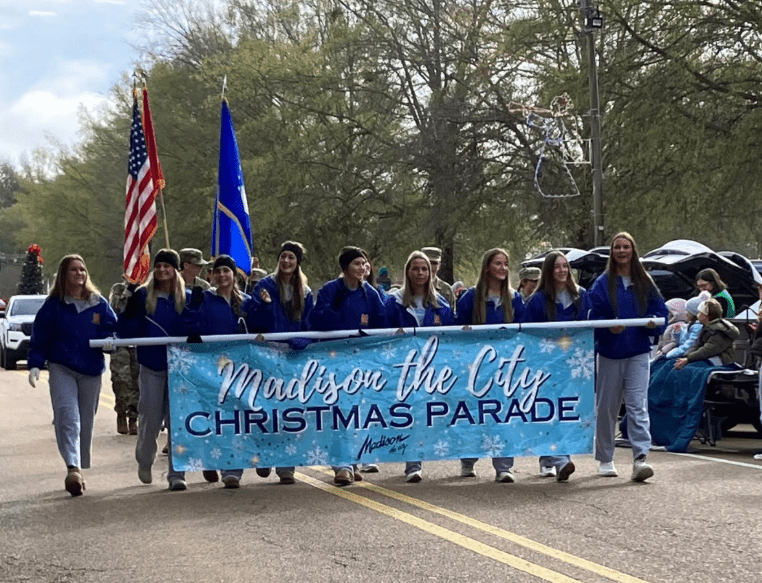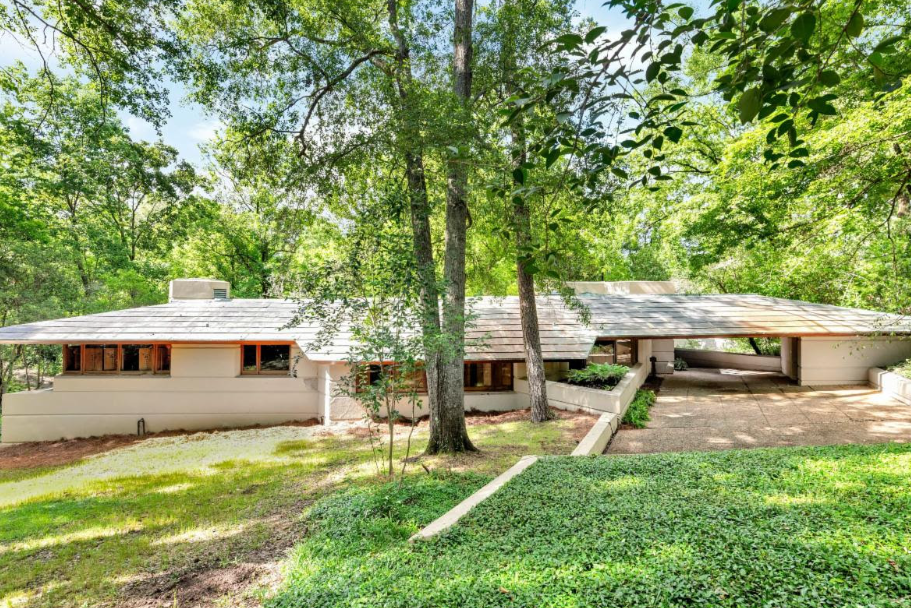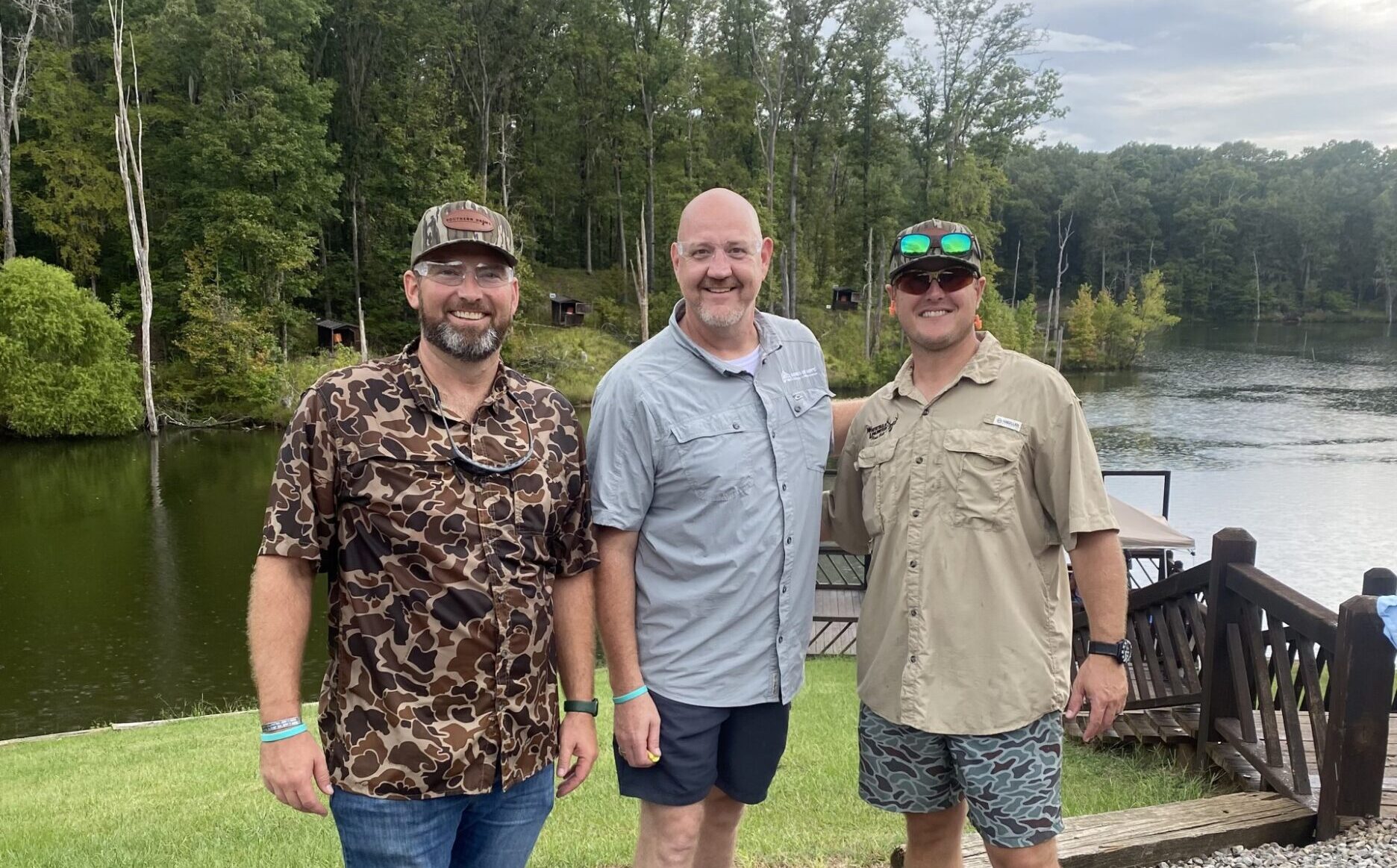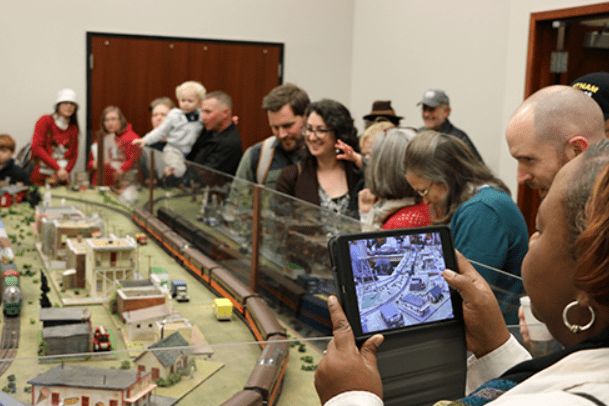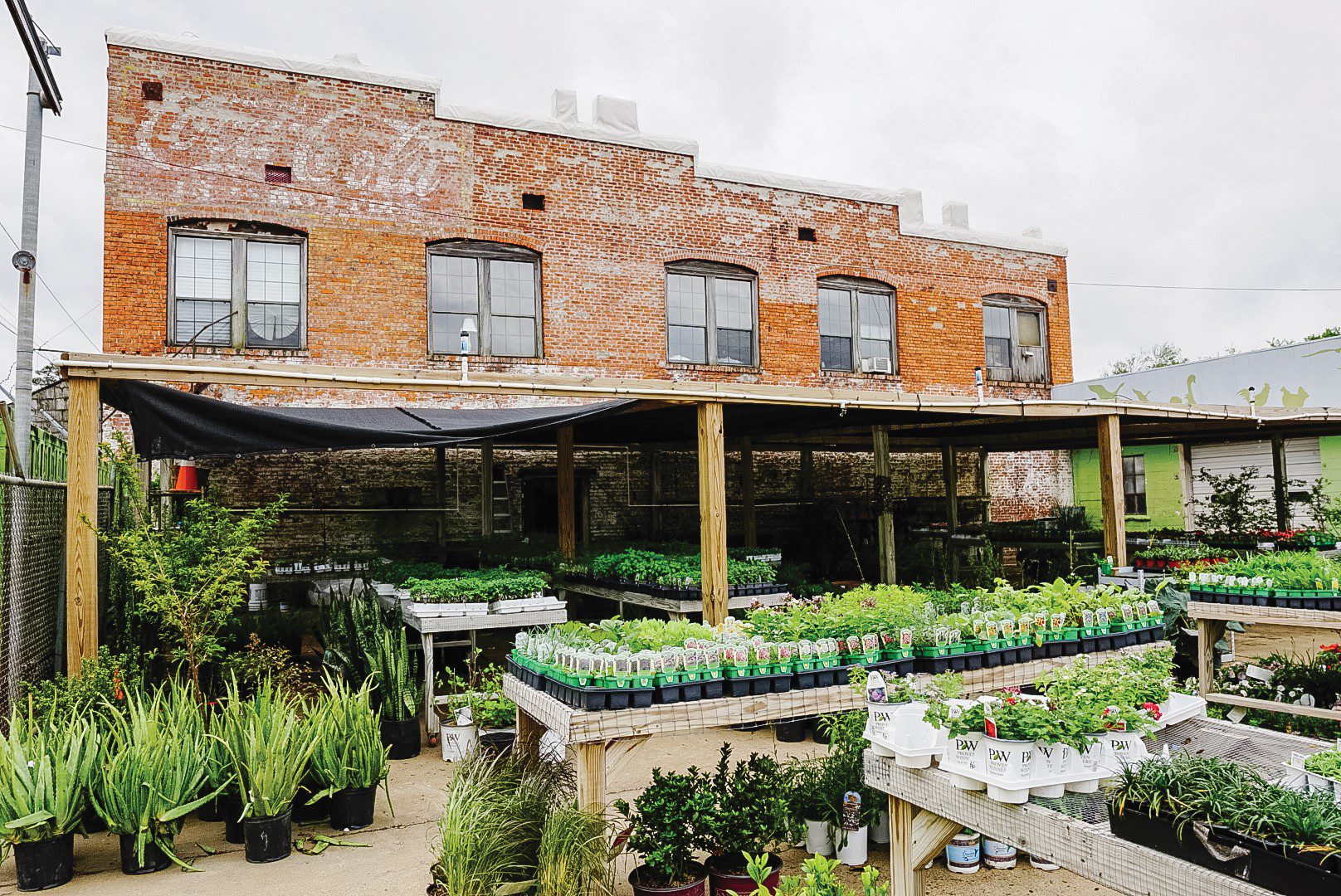
- Abbott said she wanted to feature people you wouldn’t expect to live in different places.
Living in a big city has its conveniences – plenty of shopping, cultural events, career opportunities, sports teams, and public transportation. But with all that is good about it, there is a downside to living in a heavily populated area. Cost of living is higher, living space is limited, and the pace of living is fast.
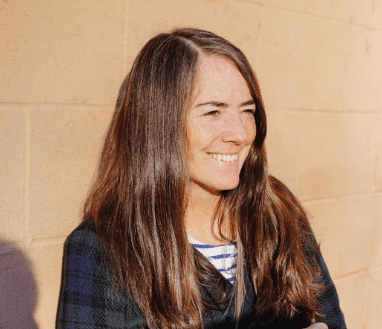
The economy and a desire to feel more connected has many reconsidering their big city lifestyle. They are instead turning to small town living, which is exactly what Erin Austen Abbott did twenty years ago when she moved to Water Valley, Mississippi where she lives today with her husband and son.
“We are seeing a shift away from the idea that you have to be in a city to have the life you want.”
Erin lived life in Oxford, Mississippi through the fourth grade, so she is no stranger to small towns. A writer, author and photographer, she has also lived in her share of big cities. But exploring how others lived in small towns led Erin to travel extensively to small towns across the United States and in her recently-released book, Small Town Living (Running Press), Erin set out to skew the perspective of who lives in a place and still feel comfortable.
“I wanted to feature people you wouldn’t expect to live in different places.”

Prior to writing Small Town Living, Erin has had two books published, How to Make It and Family Field Trip. She has a strong social media following and over the years people have messaged her from all over the world with questions about living in a small town.
“I got questions that ranged from ‘how did you find a plumber’ to ‘how to find a real estate agency in a small town.’ I had friends who were thinking of moving to Water Valley or other small towns, and they were asking to pick my brain.”
Realizing there were many more questions about small town living, Erin had the idea to write a book.
“I wanted to give people a window into how it can be done.”
She pitched it to her agent who ran with the idea, agreeing that it was timely since more people were moving to small towns.
Erin approached people she followed on social media who had moved to small towns, and she scoured regional publications, such as Maine Magazine.
“I found an art director who was a French-Canadian from Montreal who moved to Gambier, Ohio to work as chief curator and director of The Gund gallery at Kenyon College. She found an apartment in nearby downtown Mount Vernon where the college created the Annex, a downtown space that brings the college community and towns together.”
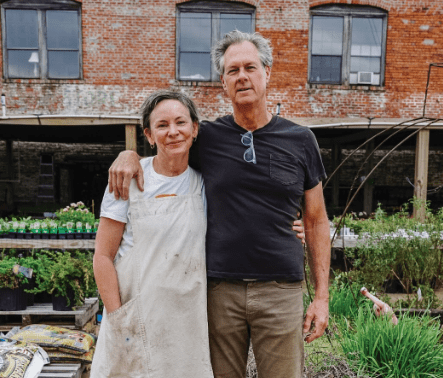
Selfishly, Erin admits, she had to include a small town in Mississippi. Charles “Chuck” Rutledge and Ann Williams settled in Clarksdale after meeting in New Orleans. Chuck grew up in Clarksdale, and left to attend college in Nashville before living in Austin, Dallas, and New Orleans. Ann bounced from Baton Rouge to Birmingham, Atlanta Washington, D.C., and New Orleans. The couple have made themselves part of the fabric of the community in Clarksdale through their shop, Collective Seed and Supply Co., as well as the Travelers Hotel and Red Panther Brewing Company.
In her book, Erin explores the questions of what draws a person to a small town and what keeps them there. She looks at what it takes to raise a child in a small town. Questions like “what makes a small town great,” and “how to find my people” are valid ones, as well as other considerations including weather/climate, job opportunities, and what do the last ten to twenty years of growth look like in a town.
Other things to consider are cost of living, good schools, nature, proximity to a larger town or city, and a small scale of variety, such as a bookstore, cafe, coffee shop, local shopping, a farmers’ market.
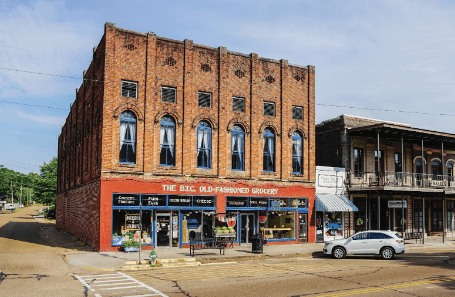
Other thought-starters include “what size small town is right for you?” and “How to find your small town.”
The forward of the book is written by Laurel, Mississippi native Erin Napier, who stars in HGTV’s Home Town along with her husband, Ben. In the forward, Erin Napier writes, “In small towns, there are no secrets and no strangers. Your neighbor will know your story, for better or for worse, but it’s most often out of genuine concern for your life. We aren’t alone in these communities. We have support and kinship because also, for better or worse, we are on the same team when we choose to live our lives bound up together in a small town.”

